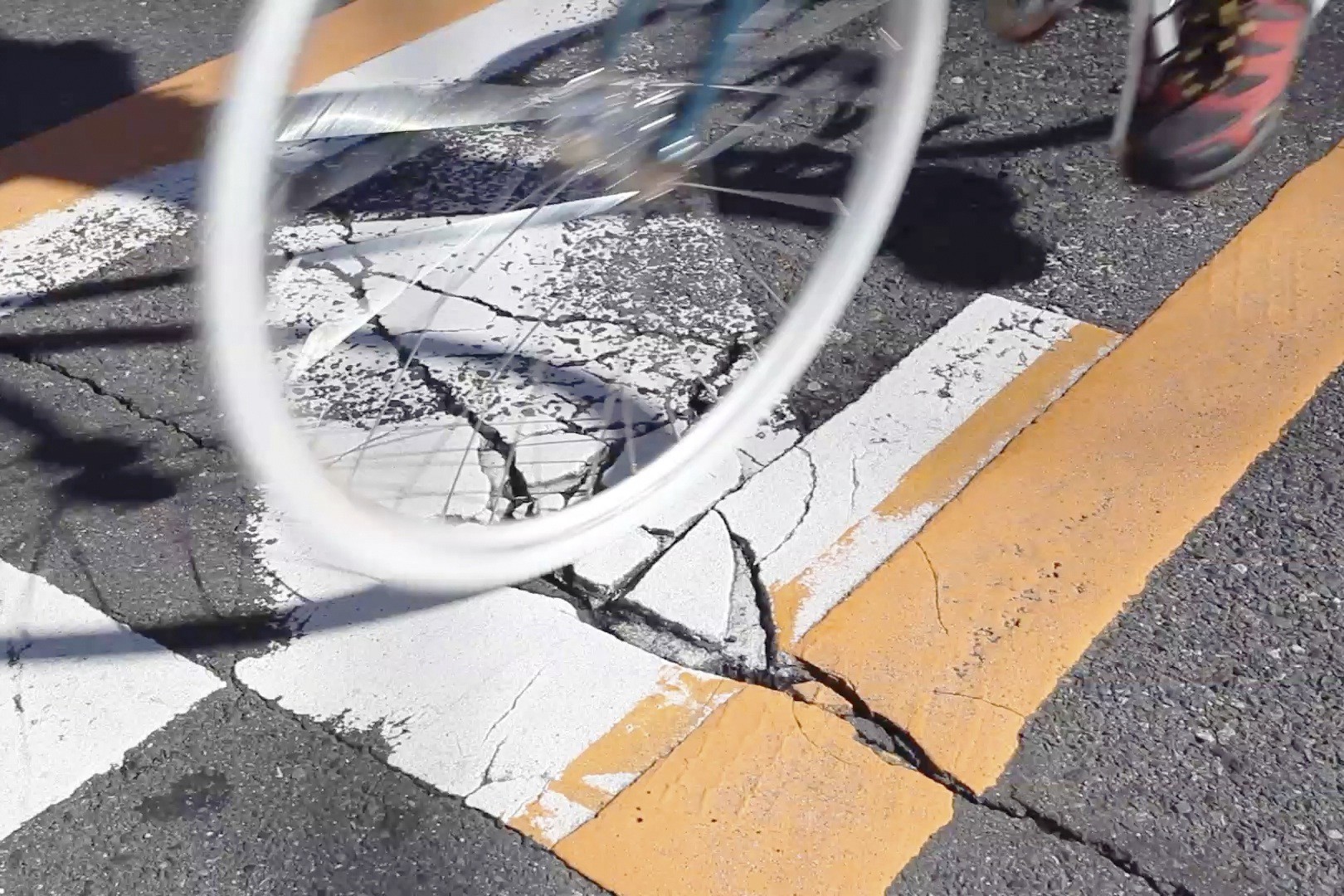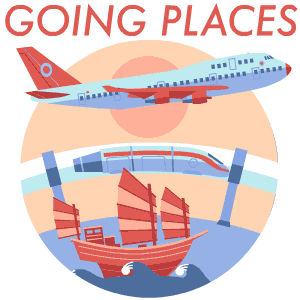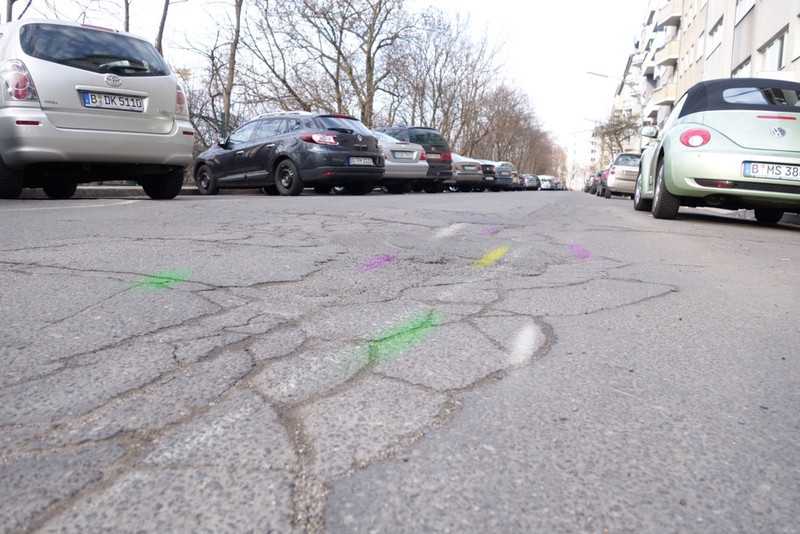

When designer and cycling enthusiast Florian Born moved to Berlin, one thing that bugged him was the large number of potholes in the city’s roads.
But he didn’t want to complain in a conventional manner; instead, he thought of something much simpler than jumping through the bureaucratic hoops required to submit a request to local government.
Born created a smartphone app–auto-complain–that cyclists can use to help map out bumpy and dangerous road surfaces in their city. Just mount a smartphone on a bike, open the app, and start what he calls a “complain ride.”
The smartphone is connected through a cable to a spray nozzle and a tank, attached near the bicycle’s back tire, and activated when the app detects a pothole using the phone’s accelerometer. The result is delightfully simple: The bumpier the road, the more colorful it becomes as cyclists automatically paint out dips and ridges.


Plus, thanks to GPS, the app is able to track the locations of each pothole in real time and register it in an online database. Pothole locations then become available on an online map on the system’s website. Each pinpoint comes with a rating of the pothole’s severity–a big one might be labeled “huge”–and gets drawn into a PDF file on the website once the journey is complete.
Eventually, said Born, the website will also reflect statistics about the number and intensity of potholes in specific locations, which will help regional government departments prioritize distribution of their resources.
Auto-complain could easily expand to other cities, Born added. In fact, he’s already created a version for Tokyo, after his app won the New Face award at the Japan Media Arts Festival.
“The app won the award because it’s not like a normal app, as it’s leaving the screen and has multiple parts,” Born said. Another plus is that it doesn’t require much work on the part of the user. “In Tokyo, we skipped the spray device completely,” he explained, due to Japan’s strict property destruction laws. But, he pointed out, auto-complain shouldn’t be seen as vandalism. The paint is intended to help road repair workers track potholes more easily. In Berlin, Born deliberately used paint that quickly rubs off with rainwater, which arguably might defeat its purpose in anything other than consistently dry weather.
A couple of months ago, the Ars Electronica Center in Linz, Austria, invited Born to collaborate with artist Christoph Fraundorfer, who builds customized bikes. The pair successfully integrated the cables, smartphone, and spray device holders into a bike frame itself.
Ultimately, Born hopes the app will lead to more crowdsourcing initiatives by concerned cyclists in cities around the world. He calls the app a “win-win situation” for cyclists and government officials working in road development. “There are already some complaining apps [out there],” noted Born. But these are not for potholes specifically and require more time, with each complaint taking three to five minutes at least, he said.
Auto-complain is not yet available on the App Store, as it was originally created under an educational license and was part of Born’s master’s degree. He hopes to make it available soon, however, and also admitted that, so far, none of the the complaints he’s submitted to the road repair department in Berlin have been a catalyst for any action. He thinks that might change if more people start mass-complaining along with him–and even if it doesn’t, the paint certainly makes bland, black tarmac a little more interesting to look at.


How We Get To Next was a magazine that explored the future of science, technology, and culture from 2014 to 2019. This article is part of our Going Places section, which looks at the impact of transportation technology on the modern world. Click the logo to read more.
